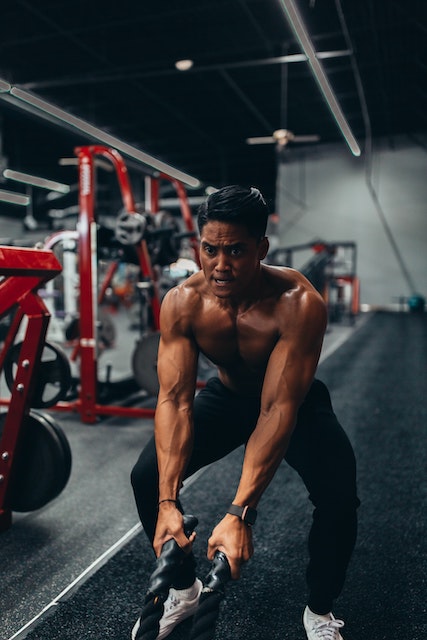What comes to mind when you think of physical fitness? You might think of someone muscular or a person that can run a marathon. These individuals are certainly physically fit! In fact, there are a few components of physical fitness, and it’s great to try to focus on all of them. We will discuss the 5 main categories and offer some tips on how to improve each. Having a well-rounded routine is imperative if you want to stay in shape and enhance your fitness.
In general, physical fitness is the ability to perform daily tasks, exercise, and work while still having some gas left in the tank for any other activities. If you’re out of breath after walking up a few stairs, then you might have some work to do. Learning about and enhancing your fitness levels will lead to a better quality of life and even make you healthier! You will see astounding differences daily if you focus on these factors.
5 Components of Physical Fitness
Components of Physical Fitness– Cardiorespiratory Fitness
Cardiorespiratory fitness (CRF) and endurance effectively mean how well your heart and lungs get oxygen to your muscles, as well as get rid of waste. How much you can do without getting tired is a direct result of this component. Having a good level of CRF can also reduce your chances of some health problems. This study supports that CRF helps prevent diabetes, while other research suggests that it can reduce your chance of heart disease, some cancers, and even stroke.
Components of Physical Fitness–Muscle Strength
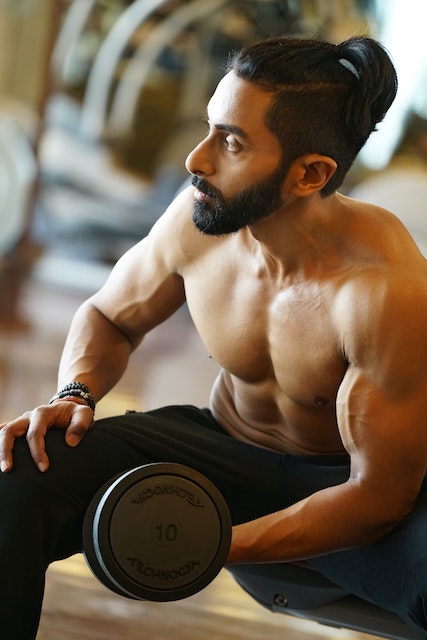
This is essentially how much force your muscles can exert of an object. The stronger you are, the more capable you can be in certain aspects. You’ll be able to perform physical activities more efficiently, whether that be sports or everyday chores. With stronger muscles comes the added benefit of stronger bones and a reduced chance of injury. Have you ever pulled a muscle doing a seemingly routine task? If you improve your strength, you’ll have less chance of hurting yourself.
Components of Physical Fitness–Muscle Endurance
This component of physical fitness involves how long and how much your muscles can handle a particular force. Better muscle endurance has been linked to healthier hearts, longer life expectancy, weight loss, and many other benefits. Who doesn’t want to live longer? This one isn’t about going as heavy as you can, as with muscle strength. Muscle endurance is more about how well your body can handle various weights, how many repetitions you can do, and how long you can go without tiring.
Components of Physical Fitness–Flexibility
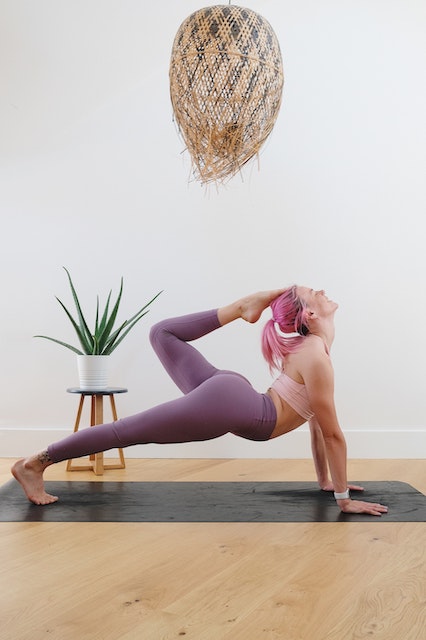
Can you bend down and touch your toes without cheating? Many people have trouble with this! If you’re one of them, then try to work on your flexibility. As with those listed above, flexibility will enhance your performance of sports and other daily activities because it’s related to muscle strength. Being flexible also reduces your chances of pulling muscles, and it can even help to repair muscles that have been injured. Usually, if your back is sore, giving it a good stretch makes a big difference! In addition, you will improve your balance and posture when you start working on being more flexible.
Components of Physical Fitness–BMI and Body Makeup
Body Mass Index is how you can determine your body composition. If your BMI is too high, which means you may have excess fat, then you should try to work on getting a better balance. Having too much fat hinders your ability to do regular tasks as well as increases your chances of disease. A body that’s high in fat has an increased chance of heart disease, diabetes, cancer, and high blood pressure – in addition to other health issues. Keeping your BMI stable or normal will greatly reduce your chance of these preventable illnesses. Having a good understanding of your body and where you should be is a great start!
7 Tips to Stay Fit
When you consider the components of physical fitness, you probably realized that CRF, muscle strength and muscle endurance enhancement will have the direct result of reducing fat. So by having a routine that focuses on these factors, you will also be helping your BMI. It’s certainly not easy. If you have a high BMI, you will be more tired, less motivated to start, and maybe even embarrassed. This is okay! The path to better health is definitely difficult. Let’s look at some tips on how to stay fit.
Have a Routine
You should be working out a few times a week. Three is about the minimum amount of days to get some physical activity. Try to build a routine that will focus on CRF, muscle strength, muscle endurance, and flexibility. Get a little of each in per workout if you’re able. Developing a good and regular plan is imperative to staying on track. This 20-minute workout will be a great place to start for beginners.
Build Intensity
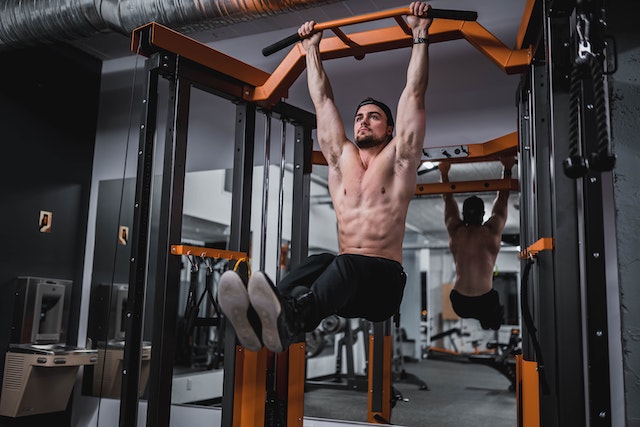
Make your workouts get harder as your progress. Cardiorespiratory Fitness is directly related to how intense your workouts are. If you aren’t going hard enough, you really aren’t getting the benefits that you should. Check out this article for more information. The link will show you how you can measure intensity to be sure you’re doing enough. Essentially you look at heart rate to determine the level of intensity in which you should be working out. The article will give examples of how to calculate rates depending on your level of fitness.
Have Balance
You don’t have to focus on all of the components in every single workout. But you should definitely work on all of them for a well-rounded level of fitness. Find a balance that works for you, and stick with it. For example, you could work on flexibility and CRF one day, then muscle strength and endurance the next. The routine can be whatever you enjoy and want to improve. The most important thing is to keep moving and don’t give up. Here are some articles that might help:
- How to Stay Motivated to Work Out: 7 Real Tips Guaranteed to Help
- Why Can’t I Gain Weight? – 15 Ultimate Muscle Building Rules
Do What You Like
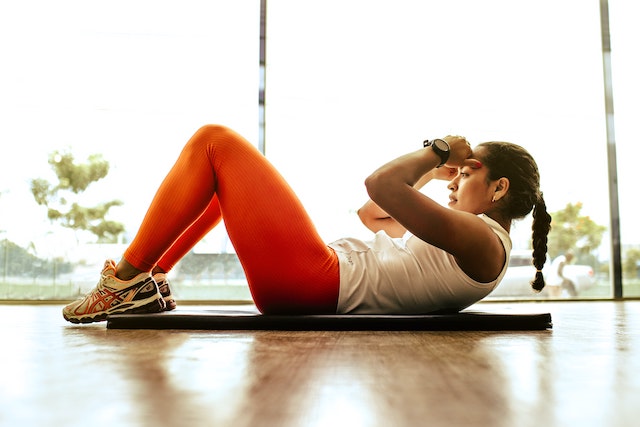
If you despise running, then you probably don’t want to build a treadmill or jogging routine into your plan. That’s not saying to avoid all cardio. Just find something that you like to do that will also increase your levels of cardio. You could try the exercise bike, actual cycling, or rowing – for example. You will increase your chances of sticking with exercise if you enjoy what you’re doing. If you get bored with it, then it’s okay to throw some variety in the mix. One day you may not feel like riding a bike, so instead, you could try out a jumping rope.
Make Specific Goals
In order to stay motivated and track progress, it’s important to make specific and attainable goals. If you want to run a 5K but are in sub-par shape, then try the couch-to-5k program. Having goals and developing a routine around those goes will keep you going. You will be able to see yourself getting better which will be great motivation juice! Also, try to make your goals attainable. Trying to lose 50 pounds in a week is just setting yourself up for failure. Make your goals realistic.
Work Yourself
If your routine is easy, then you aren’t doing it right. When you do a bench press, squat, running routine, or anything else for fitness – it should be hard. Or at least hard enough. You want to make your workouts count, so make it be challenging. This is different for everyone at any level of fitness. You can figure this out for yourself or get someone to help you. Only you know if what you’re doing is hard enough or a breeze.
Rest
Your body and muscles need rest. When you’re going for increased muscle strength, you won’t be able to lift heavy on a daily basis. If you do, you won’t be able to deal with the strain and could even hurt yourself. Resting gives your muscles and body in general time to heal and recover. This promotes health as well as increases muscle size – possibly leading to fat reduction. I see a lot of people going gung-ho in a new program and getting burnt out in less than a week. Be sure to give yourself some time off.
